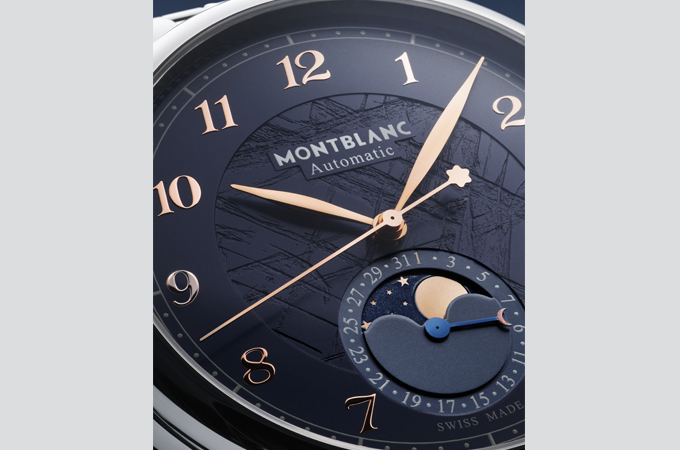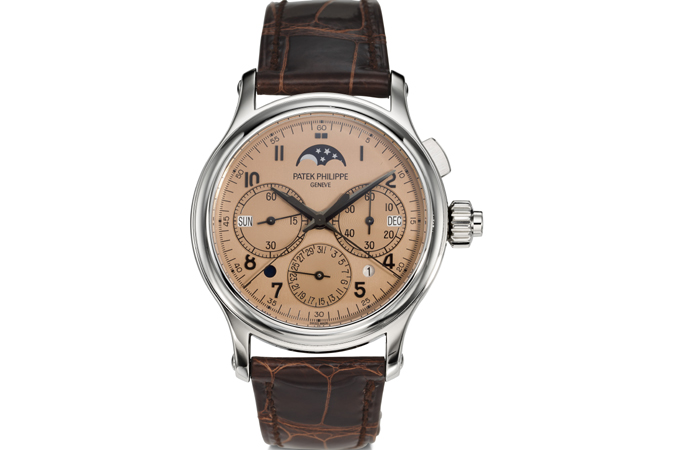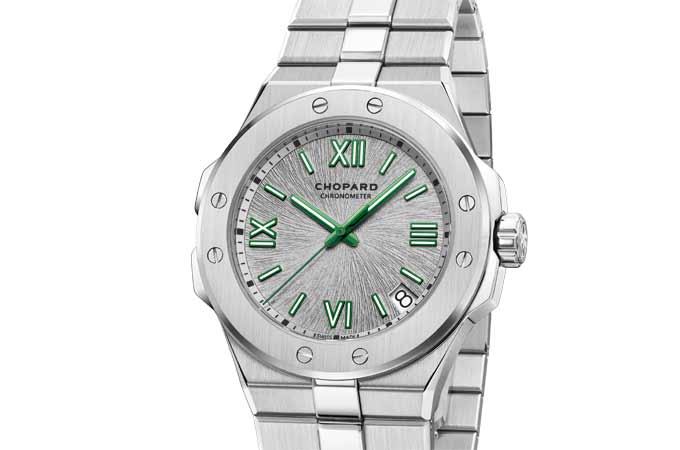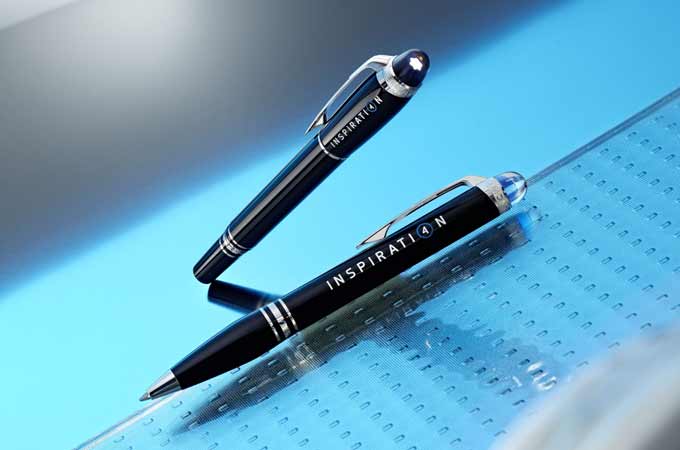Mon, Mar 30, 2015
One of the star attractions at this year’s Baselworld was a luxury marine chronometer from British firm Thomas Mercer, which would not be out of place in the living room of a superyacht, at an asking price of €1.5 million ($1.63 million).
Describing the piece as a “true heir to Thomas Mercer’s legacy, the firm says the limited edition Observatory is a one-of-a-kind complicated marine chronometer and an exceptional timepiece featuring 15 complications, including a rare flying Detent Tourbillon and double fusee-and-chain transmission, in a superbly handcrafted wood and steel case.
The name Observatory pays tribute to the eponymous model of the 1980s, arguably the most luxurious marine chronometer ever manufactured by Thomas Mercer in its glorious past.
Today’s Observatory, although it features many more complications, is a descendant of that timepiece in so far as it is a pinnacle of the brand’s know-how, and also maintains the Observatory dial, the feature from which the name drew inspiration.
This distinctive dial, characteristic of the most accurate clocks, does indeed display hours, minutes and seconds in separate sub-dials. Behind the name is a chronometer true to this legacy, and an achievement seldom equaled, the manufacturer says.
The Observatory required no less than three years of design, research, development and execution, all for a unique timepiece: essential to the exceptional rarity of this mechanical achievement is the sophistication and precision of Thomas Mercer chronometry.
“The Observatory is a timepiece as highly finished as it is technically sophisticated; a statement of refinement, of taste and of respect for the revered art of marine timekeeping,” a spokesman says.
MASTERING THE FLOW
The Observatory’s Calibre TM3001 is described as a “uniquely sophisticated movement”.
Its power source is a pair of two large, cylindrical barrels that convey their energy to the mechanism through a fusee-and-chain system. The mainspring barrels are connected to a fusee, a grooved cone with a curved profile. It acts as a gearbox, constantly changing gears in order to provide the movement with an almost constant level of torque. The amount of energy is such that they are connected by a solid, metallic chain, comprised of hundreds of components. The fusee-and- chain system provides the escapement with a steady stream of energy, thus stabilising the mechanism’s frequency
DEFINING INCREMENTS OF TIME
At the other end of the gear train, the very definition of time is carried out by one of the rarest escapements in clock- and watch-making, the detent escapement. Also known as “chronometer escapement”, it has proved the most accurate and reliable of all, says Thomas Mercer, adding that it is the firm’s “signature escapement and has been so for nearly a century”.
Last but not least, this rare detent escapement is enclosed in a tourbillon of the flying variety, which means its cage is held only by its bottom side. No upper-bridge spoils the view on its one-minute revolution.
KEEPING A LONG VIEW
Calibre TM3001 features a perpetual calendar which displays the day, date, month, leap year and zodiac sign. These indications are supplemented with a rare 4-digit year indication. As all four digits are active, the Observatory looks to an endless future of performance and accuracy. It also indicates the equation of time, which represents the difference between solar time, which varies throughout the year as the earth comes more or less close to the sun, and our 24 hours per day time, based on the worldwide consensus that every day should have the same duration.
EMBRACING THE WORLD
Marine chronometers are meant to travel the world and the Observatory is a world timer. The outer rim of the movement features a 24-world location, 24-time zone disc. At whatever given moment, in whatever place in the world, it tells the local time. More than that, it is a jumping-hours world timer: in other words, every hour, the great disc aligns with the time by jumping in exact correspondence with the following window, in an extraordinary motion, overcoming a considerable technical challenge.
This world-time indication works hand in hand with a day/night sub-dial, and a moon phase display.
INNER BEAUTY
Calibre TM3001 is itself a work of art, featuring an impressive 1,680 components, all finished to the highest standards of watchmaking. The Observatory ‘s twin barrels provide it with a 30-day power reserve that make winding it a pleasurable and rare occasion.
Being a marine chronometer is not only about the movement, and such a timepiece is defined by the interaction between its mechanical heart and its casing. The first layer of skin that protects the TM3001 is its dial. Extensively grained and enriched with inlays of precious woods, it sports a set of large, hand-made blue-steel hands. The second layer surrounding the TM3001 is a set of glasses made of extra-white crystal. They seamlessly encase the mechanism while making it entirely visible under any angle, without distortion. The third layer is a set of gimbals, a trait that all Thomas Mercer marine chronometers share. They can either be blocked or freed in order to let the clock keep an even keel with the surface of the Earth, a condition of its accuracy. Once unlocked, they let the observer twist and take a peek at the movement.
The Observatory’s last layer of containment is a work of architecture. A steel base serves as foundation to a series of pillars that carry the clock itself. Both base and columns are made of steel inlayed with two rare species of exotic wood – Ziricote and Santos Rosewood.
Thomas Mercer was established in London in 1858 and among its most noteworthy chronometers are No. 8306 - winner of the 1911 Greenwich Trials - and 5229, used by Sir Ernest Shackleton in 1916 during the Imperial trans-Antarctic expedition.
In 2012 the company was relaunched with the vision of creating the world’s finest marine chronometers, where the most sophisticated and modern design meets the attributes of Britishness and affinity with the sea to create cutting edge timekeepers that will be as individual as their owners.
The world’s premier watch and jewellery show, Baselworld 2015 attracted as many as 1,500 brands and ran from March 19 to 26 in Basel, Switzerland.















.jpg)










